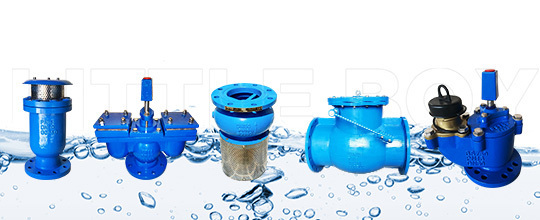Summary of Common Melting Point Methods for Cryolite Production at Home and Abroad
Time:
2024-11-20
The melting point of cryolite is the main component of molten electrolyte in the production of electrolytic aluminum. At present, the domestic and foreign production of cryolite mainly fluorite hydrofluoric acid method, phosphate fertilizer industrial by-product method. The melting point of cryolite is 1009℃, and the melting point of cryolite-alumina molten salt is only between 930℃ and 1000℃. Specific process of fluorite method: soda ash, fluorite, silica sand by roasting, grinding, leaching and reaction with aluminum sulfate.
Hydrofluoric acid process: can be divided into dry method and wet method, dry method is the reaction of gaseous hydrofluoric acid and aluminum hydroxide at 400 ~ 700 degrees Celsius to generate fluoroaluminic acid, and then react with soda ash at high temperature. The wet method is to react 40 ~ 60% hydrofluoric acid with aluminum hydroxide and then add soda ash to prepare.
Industrial by-product method of phosphate fertilizer: fluorine containing waste gas in phosphate fertilizer production is recovered by sodium fluosilicate, decomposed by lean water sodium silicate, and silica is removed by solid-liquid separation to obtain fluorine containing solution. Silica is white carbon black after washing and drying, and cryolite is produced by the reaction of fluorine-containing solution with sodium aluminate solution. The ammonia gas released in the synthesis process is recovered and returned to sodium aminohydrofluorosilicate. The process must first produce high-quality silica seed, which is the key to producing high-quality silica. This method is the only industrial method for producing cryolite as a by-product of phosphate fertilizer.
Recommended






